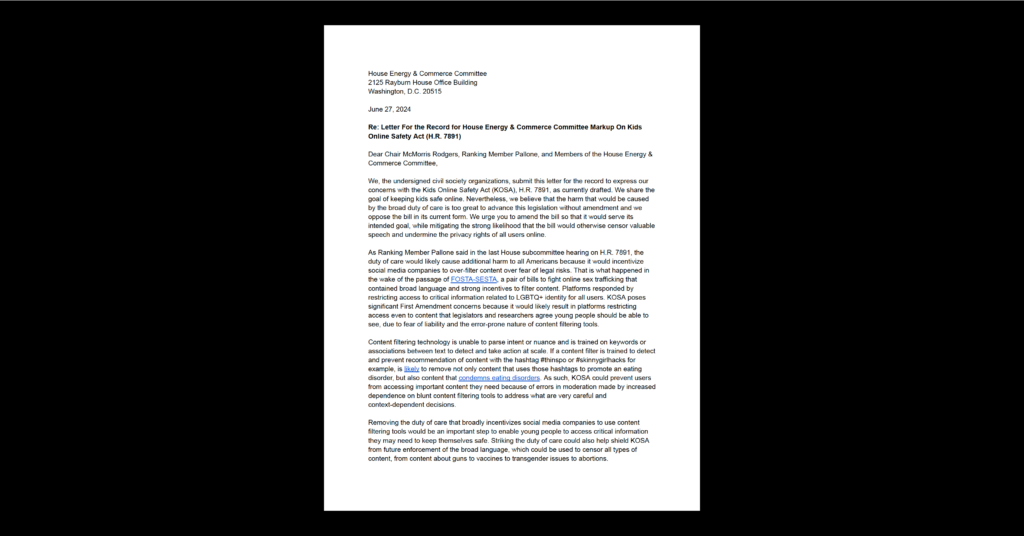Equity in Civic Technology, Privacy & Data
CDT Tech Tales: Balancing Innovation and Stability at Broward County Public Schools
This post is part of CDT’s storytelling series on EdTech use and student privacy protection during COVID-19. Our experts have spoken with parents, teachers, district leaders, and state officials about how they’ve managed the transition to virtual learning (and in some cases the return of in-person instruction), leveraging data and technology and protecting the civil rights of students along the way. Check out the rest of the stories here.
“We want to take the good in what we’re learning now, and push it forward when this is all over.”
Phil Dunn
When Broward County Public Schools (BCPS) in Florida went remote last spring, the district’s “digital perimeter” – the number of users accessing the system’s network and using district-provided electronic hardware – grew overnight by a factor of almost three. More than 275,000 Broward County students now use either a personal or school-provided device to attend school virtually.
BCPS Chief Information Officer Phil Dunn and his team have been working tirelessly to ease the transition to online learning for students as well as teachers, which involves exercising a higher level of control over the technology available to classrooms.

Information Officer
at Broward County
Public Schools,
Florida
“We quickly realized that the potential for something to go disastrously wrong if we don’t implement centralized support is really high,” Dunn told CDT.
The more than 130,000 laptops the district distributed to students have been “locked down” – students cannot download new software – and due to a longer, more thorough vetting process for new technologies, teachers making requests now know that approvals won’t come until next school year.
Balancing innovation and stability has also been key when it comes to managing relationships with vendors. Dunn has been working with large technology companies since the spring, providing feedback in real-time and pushing them to implement changes and introduce new features. This work has highlighted the importance of compromise and clear priorities in relationships between teachers, vendors, and school staff.
“We were asking them to abandon their traditional release cycles and work faster, and we started to see issues with quality,” Dunn said. “We had to pump the brakes – when the software isn’t working, teachers lose trust in the digital ecosystem, which is counterproductive.”
As a public-school system leader, Dunn knows that issues of privacy and equity have to be at the forefront when it comes to decisions about technology, and he’s sensitive to the ways virtual learning could underscore existing divides. In a blended environment where most students are on personal devices that are outside of the district’s purview, decisions his team makes have the capacity to unevenly impact low-income students using school-provided devices.
“I understand why you may want to track what’s on a student’s screen during a test, to make sure they don’t cheat,” Dunn told CDT. “But when you can only track a subset of the population and everyone else is free to cheat, your good intentions are exacerbating equity problems.”
Like many districts around the country, Broward County has debated whether or not to mandate students turn their cameras on in class – Dunn is keenly aware of the tension between creating an ideal learning environment and protecting the privacy needs of students. The district has landed on what he views as a compromise: students are asked to turn their cameras on themselves while teachers take attendance but have flexibility for the remainder of the day.
Spending hours a day trying to teach or learn on a webcam is new to everyone and can be daunting; Dunn is quick to acknowledge that a sense of exhaustion has been the predominant mood for much of this unprecedented school year. He says he is worried that the push to make virtual learning as much like the in-person school experience as possible is unproductive, as there are many Broward County students for whom “normal” wasn’t working prior to the public health crisis. And in contrast, many students who struggled in a traditional setting due to social pressures, overextension, or their own unique learning styles, are thriving in the more flexible remote environment.
He says he is hopeful that the future of learning doesn’t look like the present or the past.
“There has been a lot of good that digital learning is demonstrating, and has shown is possible,” Dunn said. “For example, we now have more data than ever on student engagement and what activities are really working for different learners. We want to take the good in what we’re learning now, and push it forward when this is all over.”
In order to provide education leaders and policymakers with guidance towards making equitable decisions about student privacy, CDT recently released a report titled “Protecting Students’ Privacy and Advancing Digital Equity.” Based on original research, the report recommends prioritizing privacy-focused teacher training and proactively communicating with parents about how schools are protecting their children’s data.
Read additional stories in this student privacy series here.


